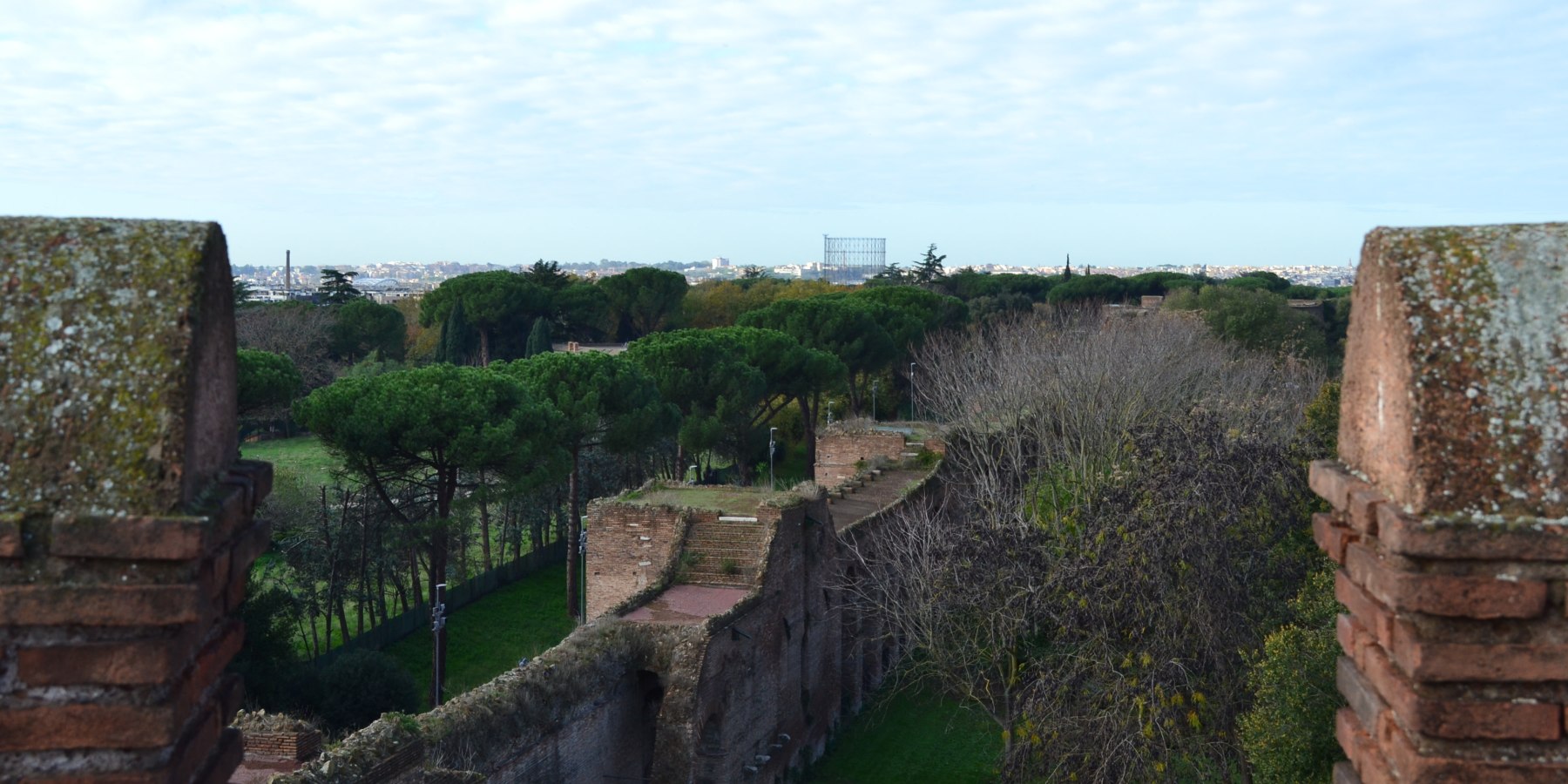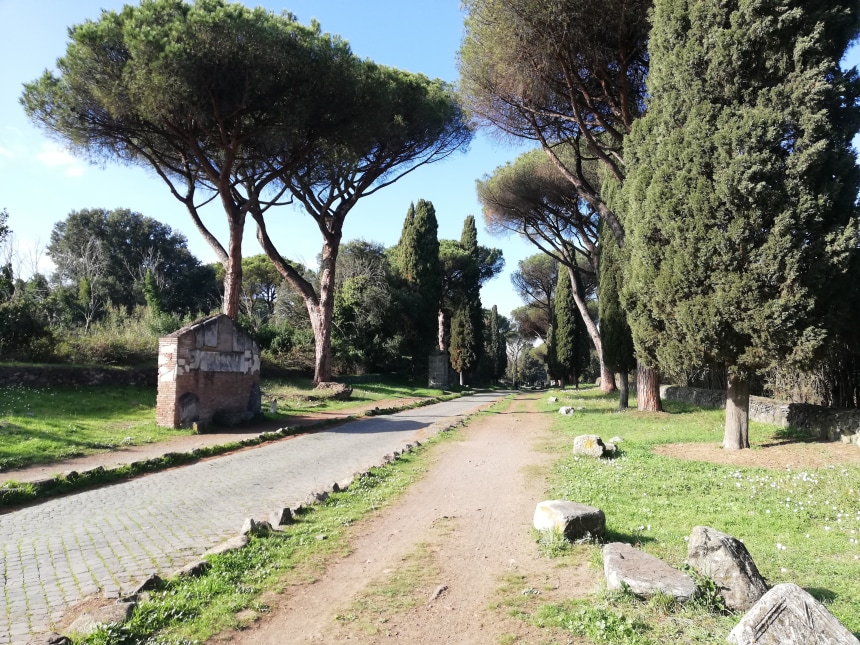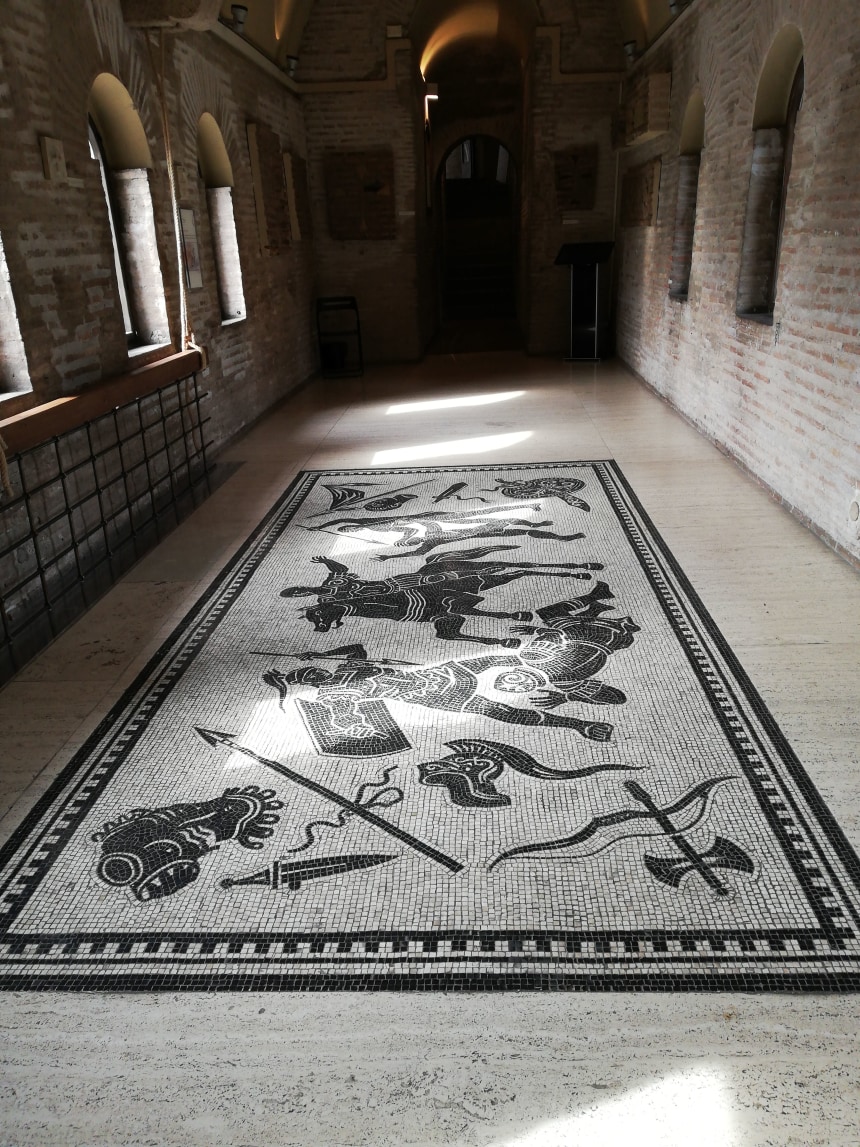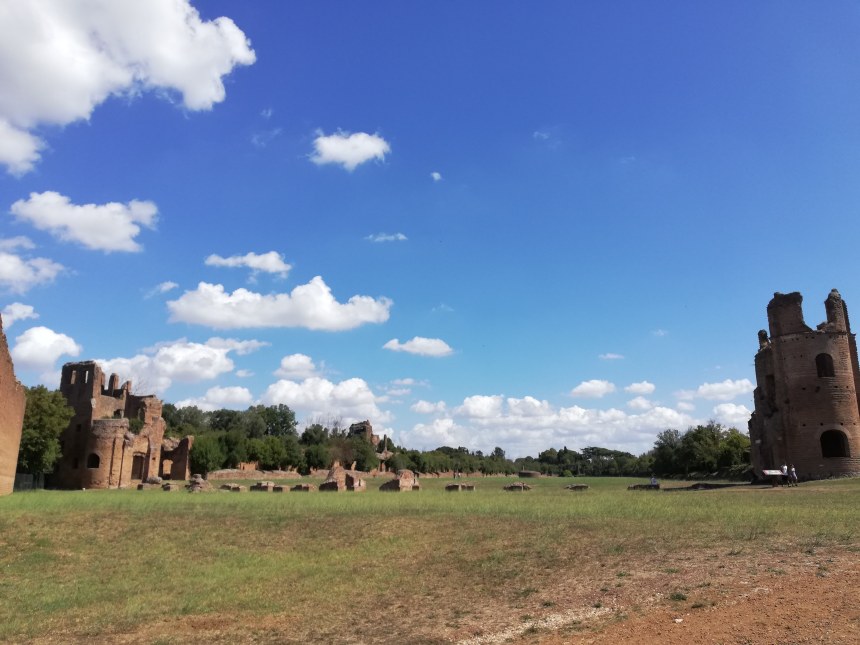The natural environment of the Park of Appia Antica
The Suburban Archaeological Park of Appian Way was officially born in 1988. It is a route of 16 km from Rome to Fratocchie (Bovillae in Roman times) involving 3 municipalities: Rome, Ciampino, and Marino. Moreover, it is a green corridor that includes the Park of Aqueducts, The Park of Tor Fiscale, Caffarella Valley, and the Park of Tormarancia; in fact, in 1998, it was transformed into an autonomous institution: The Regional Park of Appian Way. Our sustainable guided tour by e-bike along the Appia permits us to appreciate the landscape of Agro Romano, the Roman countryside where flocks of sheep and goats graze and are under the expert eye of Angela and Rossella. It is possible to recognize and taste arugula and other wild herbs.
A guided tour of stories and news
The Appian Way leaves the city near Circo Massimo, where the Capena Door, which belonged to the circuit of Servian Walls, was. Nearby, the shadows of a disappeared sacred wood whisper the story of Egeria and the Camene. Two of them, Postvorta and Antevorta, were venerated by pregnant women to favour a birth without problems. We are born in water, and the nymphs are the patrons of all types of water.
An amazing view from the top
Invisible sentinels invite us to go upstairs to the southernmost door of the Aurelian Walls. The ancient Appian Door, known as Porta San Sebastiano after the nearby catacomb, hosts the Museum of the Walls. From the top, there is a breathtaking 360-degree view. Some black and white mosaics tell a more recent story.
Ettore Muti, a friend of Mussolini and secretary of the Fascist Party, asked a famous architect Luigi Moretti to redesign the interior, transforming some rooms into his studio or maybe a bachelor pad. Muti was mysteriously murdered in 1943- a cold case.
The Appian Way, from a sea to another
A few meters after Porta San Sebastiano, there is a copy of the 1st milestone (the Roman mile was 1480 mt) of the Via Appia. Milestones measured the distance from the beginning of a street to the most important cities along the route. In 190 BC, Appia arrived at Brindisi in Apulia, which was a springboard for Albania, Greece, Turkey, and the Middle East. After 365 miles, the connection between the Tyrrhenian Sea and the Adriatic was established.
Millions of people along the Appian Way
Soldiers stepped on the baseline of this road for centuries, but also merchants, adventurers, vagabonds, slaves, postmen, popes and saints, tourists, and eco-bikers like us. During the Medieval Ages, we would have met pilgrims who came to Rome to visit the catacombs (along the Appian Way, there were Pagan, Christian, and Jewish Catacombs) and the tombs of the Apostles, Peter, and Paul or crusaders and pilgrims that walked through the South Via Francigena to reach the Holy Land.
Apart from Kings and Popes who entered Rome by crossing the Appian Way, in 1944, the American Army entered Rome to free the city, and in 1960, during the Olimpic Games of Rome, an African athlete for the first time won a gold medal running a marathon on barefoot along the Via Appia. Abebe Bikila said: “I run barefoot to listen to what the road whispers”. Can you imagine how many secrets Via Appia told him over her 2272 years of life?




